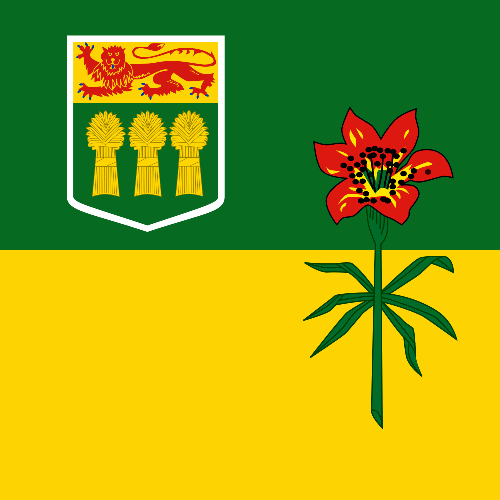Wildlife and Habitat Studies 10, 20, 30
WILD19
Module 19: Wildlife Rescue and Rehabilitation (Optional)
Outcome
Investigate wildlife
rescue and
rehabilitation
practices in
Saskatchewan.
Indicators
| (a) | Research the purpose and function of wildlife rescue and rehabilitation organizations in Saskatchewan. |
| (b) | Define “capture myopathy” and identify its symptoms. |
| (c) | Outline steps that can be taken to prevent capture myopathy from occurring in wildlife. |
| (d) | Explain the negative impact of imprinting on young wildlife and the risks (e.g., no fear of humans, territorial behaviour and difficulty interacting with their own species) when young wildlife imprint on humans. |
| (e) |
Explore humane ways of coping with “nuisance” wildlife, such as:
|
| (f) |
Explain why relocation of wildlife is an ineffective method for dealing with “nuisance” wildlife, including:
|
| (g) | Describe how seeking alternatives to euthanizing an injured animal is an act of stewardship. |
Loading...

R105244
Staying Wild - Season 2 Overview
The second season of this documentary series is set at the busiest wildlife rescue centre in Saskatchewan, featuring a woman who knows no limits as she leads a dedicated and diverse team in a fight to save thousands of creatures each year. At its core, Staying Wild is about the animals. Cute or ugly, meek or dangerous, small or big, prey or predator, every creature has value and they each play an essential role in a greater ecosystem.
Season 2 episodes include the following titles:
- Community
- Balancing Act
- Otter Panic
- Eat, Prey, Love
- Stepping Up and Stepping Back
- Commitment
(More information)
•
Episode 1: Community: Staying Wild - Season 2
•
Episode 2: Balancing Act: Staying Wild - Season 2
•
Episode 3: Otter Panic: Staying Wild - Season 2
•
Episode 4: Eat, Prey, Love: Staying Wild - Season 2
•
Episode 5: Stepping Up and Stepping Back: Staying Wild - Season 2
•
Episode 6: Commitment: Staying Wild - Season 2
Media and Formats :
Video
Price :
Free on ROVER


Record posted/updated:
June 4, 2025
